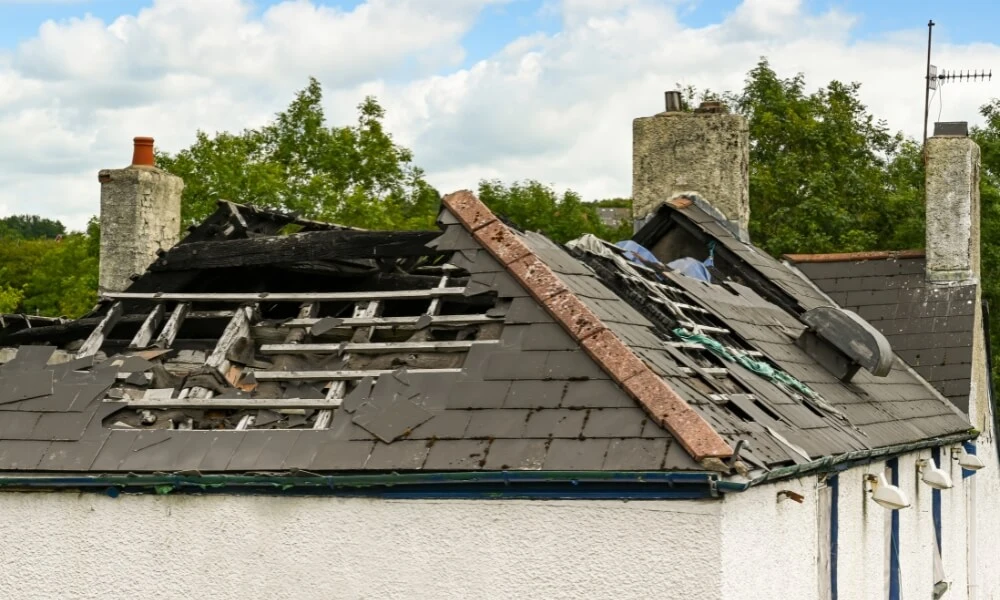The aftermath of a fire is not only about scorched walls and ashes but also the hidden damages from smoke, soot, and even water from firefighting efforts. The process of rehabilitating a property after such a catastrophe is a journey that many hope never to undertake. Yet, understanding the process can be comforting and essential if faced with this unfortunate circumstance.
In this blog, we’ll delve deep into what it entails, demystifying the step-by-step process that ensures a property is restored to its former state and safe and habitable once again. Whether you’re looking to educate yourself, prepare for the unexpected, or are currently facing the aftermath of a fire, this blog aims to provide clarity and guidance.
What’s Fire Damage Restoration?
Fire damage restoration is a specialized process aimed at repairing and restoring properties that have suffered damage due to fires. This includes addressing damages from flames, smoke, soot, and the water or chemicals used to extinguish the fire. The primary objective is to return the property to its pre-fire state, ensuring it is safe and habitable.
The restoration process encompasses stages, beginning with assessing the damage. This is followed by immediate stabilization measures, water removal, and drying if necessary. Subsequent steps involve cleaning soot and smoke residues, deodorizing, repairing damaged structures, and restoring the property to its original condition. This intricate process requires expertise and specialized equipment to ensure thorough and effective results.
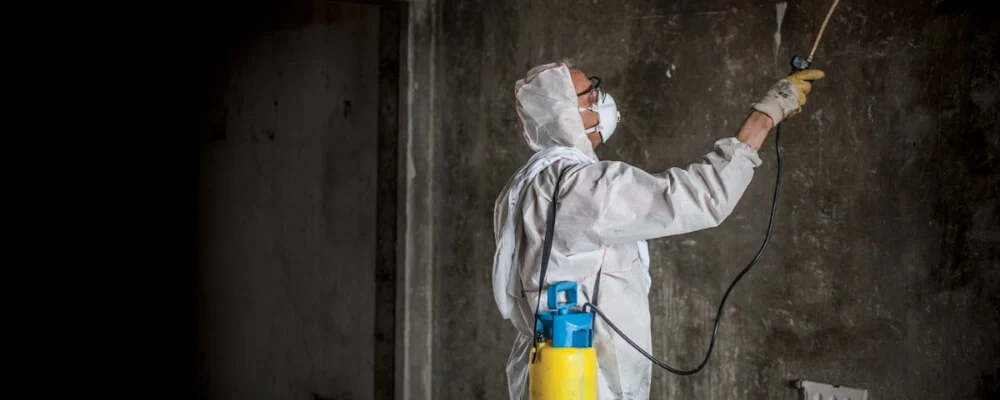
Fire Damage Restoration Process
Fire damage restoration is a multifaceted process that involves addressing the damage caused by both the fire itself and the water used to extinguish it. Additionally, soot, smoke, and associated odors present their own challenges. Here’s a general overview of the fire damage restoration process:
1. Emergency Contact
The immediate aftermath of a fire can be chaotic and stressful. Most fire damage restoration companies recognize the urgency and emotional trauma and provide 24/7 emergency services. When they receive a call, these companies can offer preliminary guidance on what the affected individuals should or shouldn’t do. The emergency contact step is not just about reporting the damage. Still, it can also give homeowners or business owners peace of mind, knowing that professional help is coming.
2. Assessment
A detailed assessment is critical to the restoration process. Professionals arrive at the property to evaluate the scope of the fire damage. They look at how far the fire, smoke, and soot traveled and the extent of the damage caused by water or fire retardants. This assessment helps determine the intensity of the restoration required, estimating the costs involved, and deciding on the equipment and resources needed. Photographic or video evidence might be collected for insurance purposes, and a restoration plan is charted based on these evaluations.
3. Board-Up and Tarp Services
After a fire, certain structural elements of a property might be compromised. Windows might be shattered, doors might be unusable, and holes might be present in walls or the roof due to the fire or firefighting efforts. Professionals provide board-up services for these vulnerable points to ensure the property is protected from further damage by weather conditions or unauthorized entries.
Similarly, tarps might be placed on damaged roofs to prevent rainwater intrusion, which could exacerbate the existing damage. These protective measures also help maintain the property’s and its contents’ safety until full restoration can occur.
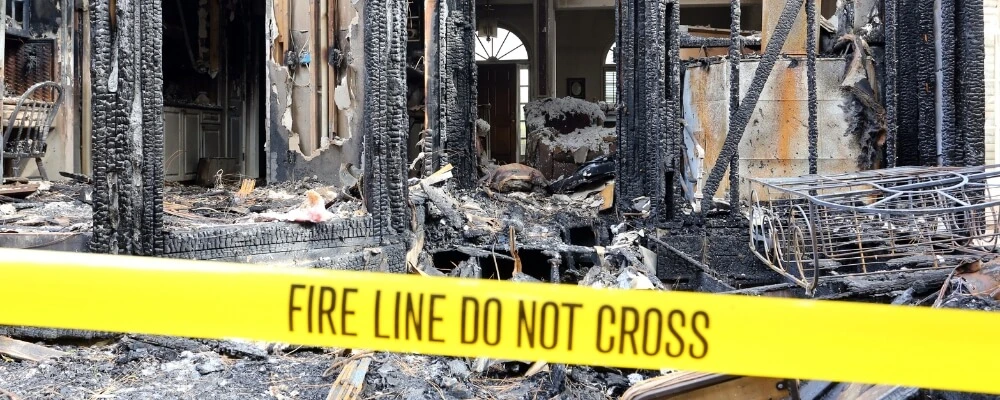
4. Water Removal and Drying
Often, the process of extinguishing a fire can lead to water-related damages. Left unaddressed, this can become a breeding ground for mold and bacteria, which pose significant health risks. The restoration process, therefore, involves a swift response to this threat. Professionals employ powerful pumps and vacuums to remove standing water. Once the excess water is removed, dehumidifiers and air movers are strategically placed to dry the affected areas thoroughly.
Moisture meters might be used to address even hidden pockets of moisture behind walls or under floors. This comprehensive drying process not only mitigates the risk of mold growth but also helps in preserving the structural integrity of the property.
5. Soot and Smoke Removal
Once a fire is extinguished, it leaves residues such as soot and smoke. These remnants don’t just stain and tarnish surfaces; they contain acidic properties that can further damage walls, ceilings, furniture, and personal items over time. Furthermore, they can emit harmful chemicals that affect air quality and pose health risks to inhabitants.
Restoration professionals employ advanced equipment such as air scrubbers and thermal foggers to address this. The process might also involve using specialized cleaning agents to break down the residues, making them easier to remove. Particular attention is given to HVAC systems to ensure no soot or smoke particles are recirculated through the property.
6. Cleaning and Sanitizing
With soot and smoke residues removed, a comprehensive cleaning process begins. This isn’t just about aesthetics; it’s also about health. Burned materials can release various toxins, and areas affected by water can be vulnerable to mold and mildew. Thus, professionals use a range of specialized cleaning agents designed to treat different materials and surfaces.
Upholstered items, for example, might be treated with specific solutions that break down toxins without damaging the fabric. Deodorization processes, such as ozone treatments or hydroxyl generators, might neutralize and remove the lingering smell of smoke. This thorough cleaning ensures that the environment is visually appealing, sanitized, and safe.
7. Restoration
The culmination of the fire damage restoration process is bringing the property back to its original state or improving it. This phase involves a blend of construction and finishing touches. Structurally compromised elements, such as weakened beams or damaged flooring, are repaired or replaced. The walls are repainted, and new carpeting might be laid down. In more severe cases, entire sections of the property might need reconstruction.
Simultaneously, detailed tasks, such as reinstalling fixtures or refinishing wooden surfaces, are undertaken. Professionals collaborate closely with property owners during this phase, ensuring the final result aligns with their preferences and expectations. The ultimate aim is not just to erase signs of the fire but to create a space that feels like home again.
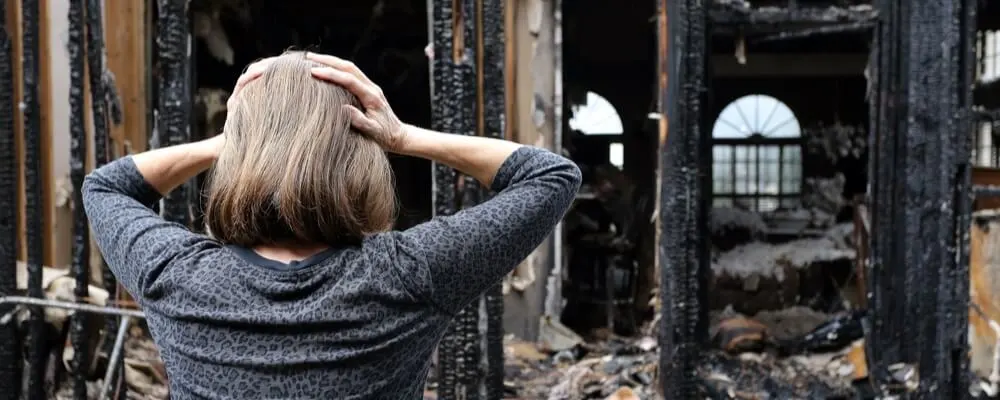
Factors To Consider When Choosing Fire Damage Restoration Services
Choosing the right fire damage restoration service is crucial for the optimal recovery of your property. Here are some factors to consider when making your decision:
- Certification and Training: Ensure the company is certified by recognized organizations such as the Institute of Inspection, Cleaning, and Restoration Certification (IICRC). Professionals with this certification are trained to follow industry standards.
- Experience: The number of years the company has been in the industry can speak volumes about its expertise. An experienced company is likely to have dealt with various fire damage scenarios.
- 24/7 Availability: Fires are unpredictable, so choosing a company that offers 24/7 emergency services is beneficial. Immediate response can mitigate further damage.
- References and Reviews: Look for companies that can provide positive references from previous clients. Online reviews and testimonials can also offer insights into the company’s reliability and quality of service.
- Comprehensive Services: Ideally, the company should provide various services, including water extraction, smoke, and soot removal, odor removal, and full property restoration. This ensures that you won’t have to hire multiple contractors.
- Insurance Liaison: It’s a bonus if the restoration company can work directly with your insurance company. This can streamline the claims process and reduce administrative tasks on your end.
- Equipment and Techniques: A reputable company will use advanced equipment and modern techniques to restore your property efficiently.
- Local Operation: Choosing a local company can be advantageous as they are more familiar with the local building codes and usually respond quicker.
- Transparent Pricing: A good restoration company will provide a clear and detailed estimate of the services, avoiding hidden charges.
- Personal Comfort: Lastly, consider how the company communicates with you. Their professionalism, empathy, and willingness to answer questions can give you confidence in their services.
By considering these factors, you can make an informed decision and ensure that your property is restored to its former state in the hands of competent professionals.
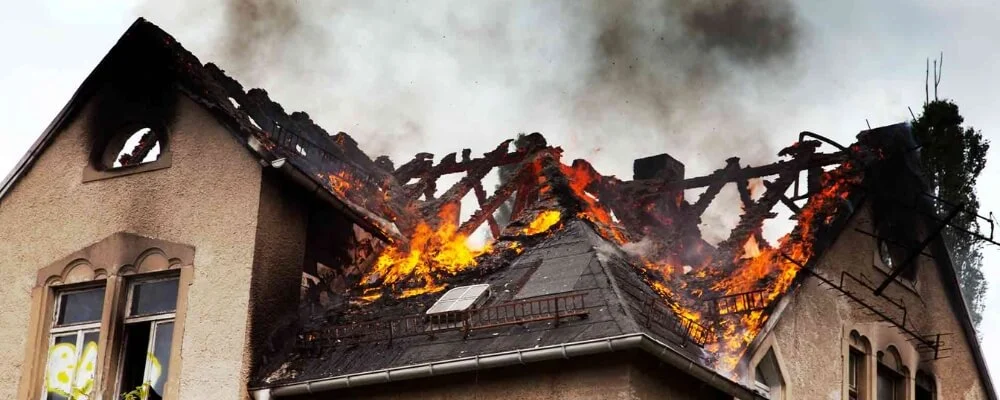
Conclusion
Fire damage restoration is more than just a series of repair tasks; it’s a holistic approach to reclaiming property from the devastating aftermath of a fire. From the immediate response to the meticulous final touches, each step is crucial in ensuring that a space is aesthetically restored, structurally sound, and safe for its occupants.
With knowledge of this comprehensive process, property owners can navigate the challenging post-fire period with greater confidence and understanding. While we all hope never to require these services, being informed is the first defense in managing such traumatic events. With the right expertise and approach, a space scarred by fire can become a comforting haven again.

